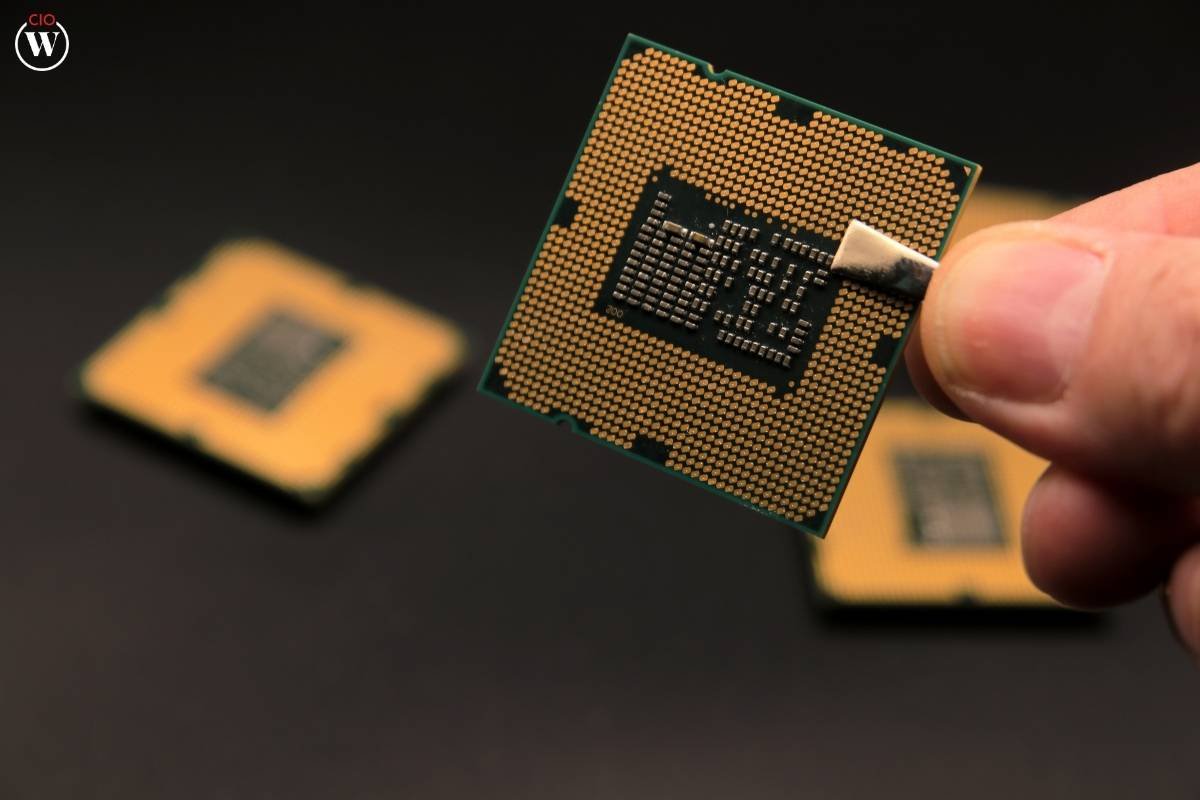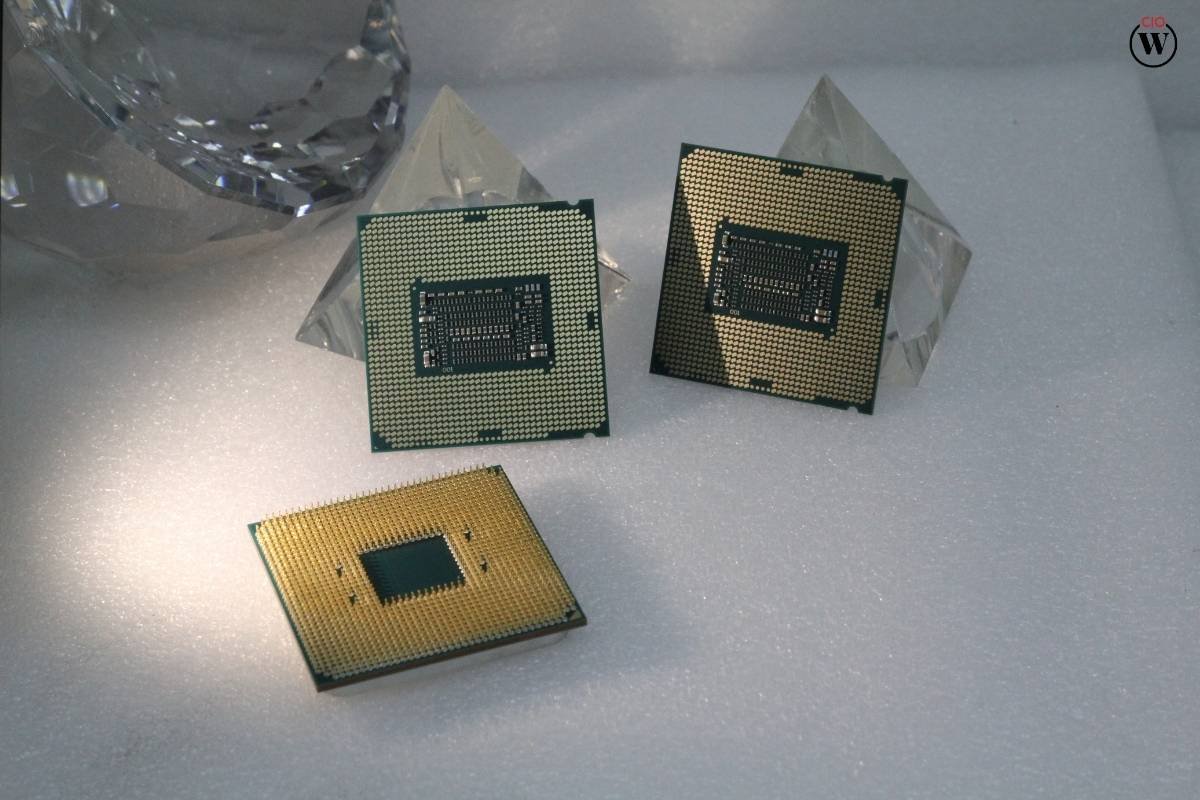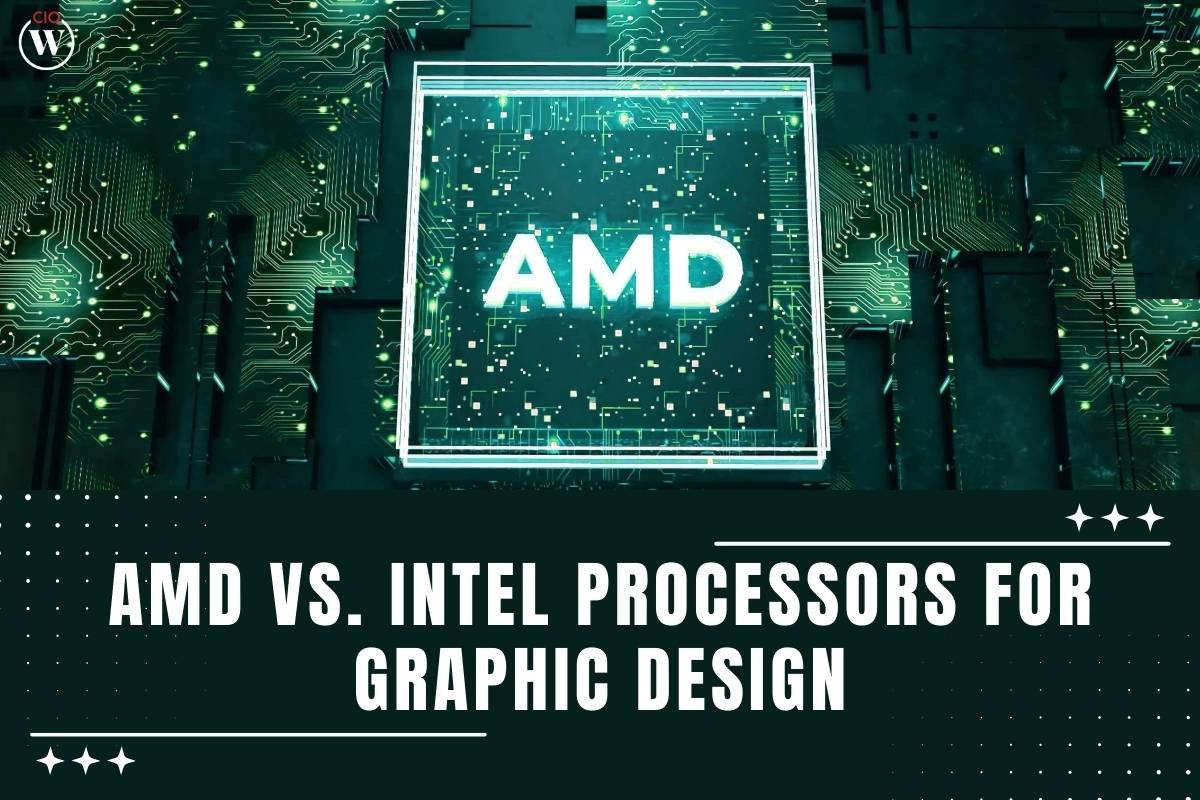In the realm of graphic design, the choice of processor can significantly impact workflow efficiency, rendering speeds, and overall performance. Among the leading contenders in the processor market, AMD and Intel stand out as the two dominant forces. Both companies offer a range of processors tailored to various needs, but when it comes to graphic design, which one truly shines? Let’s delve into the intricacies of AMD vs. Intel processors for graphic design to determine which one emerges as the preferred choice for creative professionals.
Understanding the Landscape of AMD vs. Intel processors for graphic design:
Before delving into the specifics, it’s crucial to grasp the landscape of AMD and Intel processors. Both companies have been in fierce competition for decades, constantly pushing the boundaries of innovation to outshine each other. AMD, known for its Ryzen series processors, has made significant strides in recent years, gaining traction in the market with its Zen architecture. On the other hand, Intel, with its Core series processors, has long been synonymous with reliability and performance, catering to a broad spectrum of users, including graphic designers.
1. Performance and Power
Graphic design tasks demand substantial processing power to handle complex software and render high-resolution images or videos seamlessly. When it comes to performance, both AMD and Intel offer compelling options. AMD’s Ryzen processors boast multiple cores and threads, making them adept at multitasking and handling demanding applications simultaneously. The Zen architecture, coupled with advanced manufacturing processes, enables AMD processors to deliver commendable performance without compromising efficiency.

Intel, on the other hand, has traditionally focused on single-core performance, which has been advantageous in certain scenarios, especially for tasks that rely heavily on single-threaded operations. However, with the advent of its multi-core processors, Intel has stepped up its game in the realm of multitasking and parallel processing, narrowing the performance gap with AMD.
2. Optimization for Graphic Design Software
Graphic design software such as Adobe Photoshop, Illustrator, and Premiere Pro are staples in the toolkit of every designer. The efficiency of these applications often hinges on how well they leverage the capabilities of the underlying hardware. Both AMD and Intel processors are compatible with popular graphic design software, but optimization can vary.
AMD processors, with their multi-core configurations and efficient architecture, excel in multitasking environments, allowing designers to work on multiple projects simultaneously without experiencing significant slowdowns. The Ryzen series, in particular, has garnered praise for its seamless performance in graphic design workflows, offering excellent value for money.
Intel processors, known for their robust single-core performance, are well-suited for tasks that rely heavily on sequential processing, such as certain rendering operations and real-time editing. Designers who prioritize responsiveness and snappiness in their workflow may find Intel processors to be more aligned with their needs.
3. Rendering and Exporting
Rendering and exporting are integral parts of the graphic design process, often requiring substantial computational resources to generate high-quality outputs efficiently. AMD’s multi-core processors shine in rendering tasks, thanks to their ability to distribute workloads across multiple cores effectively. Whether it’s rendering complex 3D scenes or exporting large batches of images, AMD processors can deliver impressive performance without breaking a sweat.

Intel processors, with their strong single-core performance, excel in certain types of rendering tasks where sequential processing is paramount. While they may not match AMD’s core count, Intel processors can still deliver swift render times for tasks that don’t scale well with additional cores.
4. Graphics Performance
In addition to the CPU, the graphics processing unit (GPU) plays a crucial role in graphic design, especially in tasks that involve 3D modeling, rendering, and animation. While AMD and Intel primarily focus on CPU manufacturing, both companies offer integrated graphics solutions that cater to casual users and entry-level graphic design work.
AMD’s integrated graphics, found in its Ryzen APUs (Accelerated Processing Units), provide respectable performance for basic graphic design tasks and light gaming. The Radeon Vega graphics integrated into select Ryzen processors offer decent rendering capabilities and can handle moderate 3D workloads with ease.
Intel’s integrated graphics, commonly known as Intel HD Graphics or Intel Iris Xe Graphics, have also seen significant improvements in recent years, offering smooth playback of high-definition content and decent performance in entry-level graphic design tasks. However, for more demanding 3D workloads and professional-grade rendering, dedicated discrete graphics cards are recommended for both AMD and Intel systems.
5. Price-to-Performance Ratio
When considering AMD vs. Intel processors for graphic design, the price-to-performance ratio plays a crucial role, especially for budget-conscious designers or small businesses. AMD has garnered a reputation for offering competitive pricing across its product lineup, making Ryzen processors an attractive choice for those seeking performance without breaking the bank. The Ryzen series often provides better value for money compared to Intel’s offerings in terms of core count and multitasking capabilities.

Intel, while slightly pricier in some cases, still maintains a strong foothold in the market, particularly among users who prioritize brand reputation and reliability. The Core series processors may command a premium, but they often deliver excellent single-core performance and stability, which can be appealing to certain graphic design professionals.
6. Upgradability and Future-Proofing
Investing in a processor for graphic design involves considering not only present needs but also future scalability and compatibility. Both AMD and Intel have adopted socketed designs for their processors, allowing for easy upgrades down the line. However, AMD has historically offered better compatibility across its Ryzen generations, allowing users to swap out older processors for newer ones without changing the motherboard.
Intel, while still providing upgrade paths, may require motherboard changes with each new processor generation, potentially adding to the overall cost of ownership. Additionally, AMD’s commitment to supporting older chipsets with BIOS updates ensures that users can take advantage of new processor features without needing to invest in a new motherboard.
Conclusion
In the perpetual battle of AMD vs. Intel processors for graphic design, there’s no clear winner that suits every scenario. Designers must evaluate their specific workflow requirements, budget constraints, and future scalability to make an informed decision. AMD’s Ryzen processors offer compelling multitasking capabilities and excellent value for money, making them ideal for users who prioritize performance and affordability. On the other hand, Intel’s Core series processors shine in single-core performance and stability, appealing to users who seek responsiveness and brand reliability.
Ultimately, whether you opt for an AMD or Intel processor, both companies continue to push the boundaries of innovation, ensuring that graphic designers have access to powerful computing solutions to bring their creative visions to life. So, whether you’re rendering intricate 3D scenes, editing high-resolution images, or designing captivating visual content, rest assured that both AMD and Intel have you covered with their impressive lineup of processors tailored for graphic design tasks.









